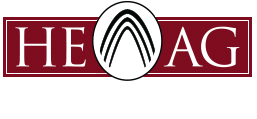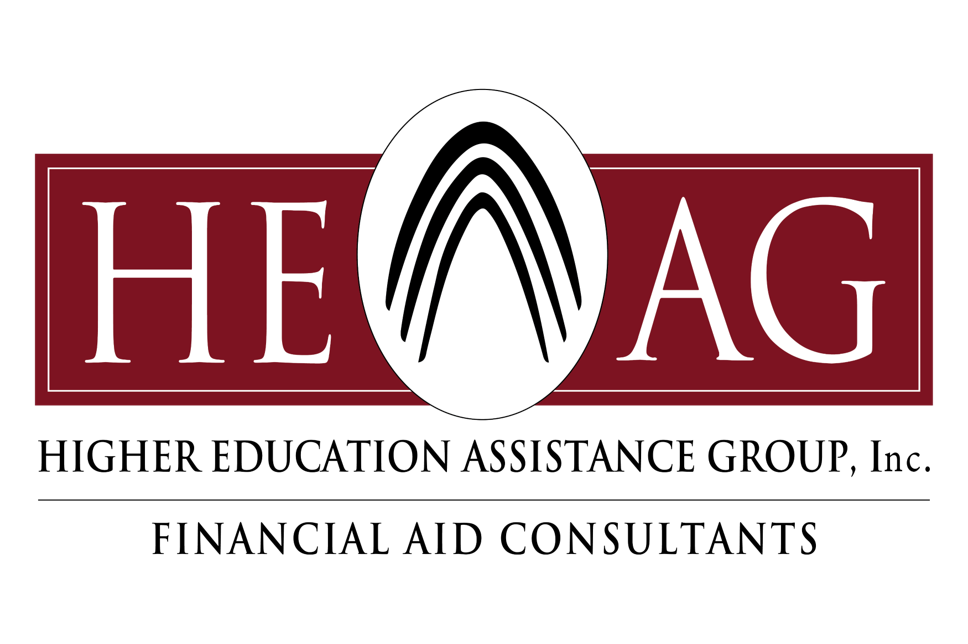A new, 60-page study from the National Bureau of Economic Research in Cambridge, MA shows a somewhat surprising correlation between the increases in tuition and the access to financial aid between 1987 and 2010 at the nation’s private colleges. In those cohort years, sticker price tuition and fees ballooned from $6,600 to $14,500 in 2010 dollars. After subtracting institutional aid, net tuition and fees still grew by 78%, from $5,790 to $10,290. To provide perspective, had net tuition risen at the rate of healthcare costs, tuition would have only reached $8,700 in 2010.
According to the paper, increased access to financial aid accounted for 40% of the tuition increase over that period of time. The link between tuition and financial aid increases is very controversial because, at the same time, it also gives more access to low-income families who are in need of the federal dollars to attend college. The aid programs to which study mainly refers are the handful of federal loan 
While the study only focused on non-profit colleges, the authors promised future studies that will look at the impact in other sectors of higher education, as well. The Government Accountability Office released a study in 2014 that attempted to find a link between state funding levels and the tuition increases at the time. From fiscal years 2003 through 2012, state funding for all public colleges decreased, while tuition rose. Specifically, state funding decreased by 12 percent overall while median tuition rose 55 percent across all public colleges. The decline in state funding for public colleges may have been due in part to the impact of the recent recession on state budgets. Colleges began receiving less of their total funding from states and increasingly relied on tuition revenue during this period. Tuition revenue for public colleges increased from 17 percent to 25 percent, surpassing state funding by fiscal year 2012.
This back and forth between federal funding levels and blamed tuition increases won’t be going away any time soon. At least it is safe to say that other factors are at play depending on what type of school is being studied along with how selective they are with their student body and the endowment size a school may be able to fall back on for long-term help.
Sources:
http://www.marketwatch.com/story/do-government-handouts-push-college-costs-higher-2016-02-10

